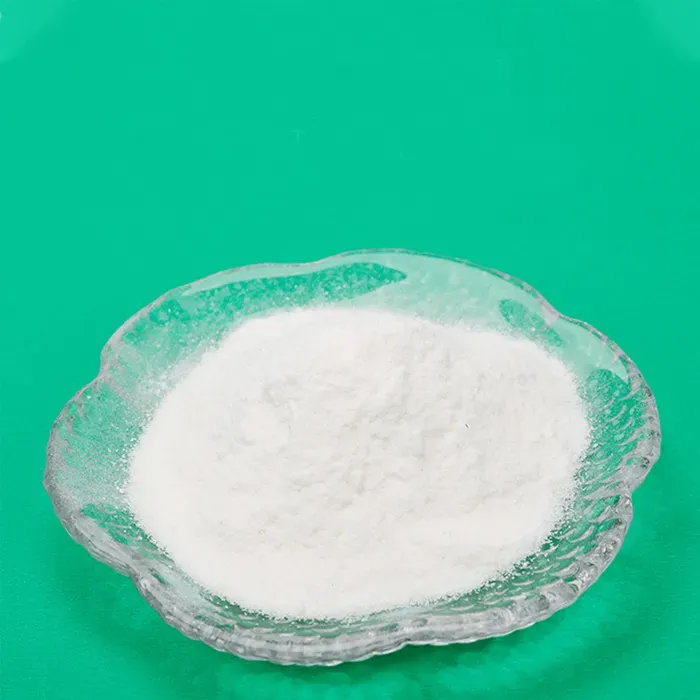Understanding Polyolefin Masterbatch A Gateway to Enhanced Polymer Applications
Polyolefin masterbatch, a concentrated mixture of pigments and additives, plays a crucial role in the polymer industry by enhancing the properties of polyolefin materials. Polyolefins, which are derived from olefin monomers, include widely used plastics such as polyethylene (PE) and polypropylene (PP). The incorporation of masterbatches allows manufacturers to tailor the characteristics of these polymers, making them suitable for a wide range of applications.
What is Polyolefin Masterbatch?
Masterbatch is a highly concentrated mixture of pigments, additives, and carriers. In the case of polyolefin masterbatches, the carrier is typically a polyolefin resin itself, such as PE or PP. The masterbatch is produced through a specific process that involves melting the polymer and dispersing the additives or pigments uniformly within the base resin. The result is a free-flowing granule that can be easily handled and incorporated into production processes.
Importance of Masterbatch in Polyolefins
The use of masterbatch in polyolefin production offers several advantages
1. Coloration One of the primary functions of masterbatch is to impart color to polyolefin materials. The incorporation of colored masterbatches allows manufacturers to produce vibrant and visually appealing products. Unlike traditional methods of dyeing plastics, which can lead to uneven coloration, masterbatches provide consistent and uniform coloring.
2. Functional Additives Beyond coloring, polyolefin masterbatches can include functional additives that enhance properties such as UV resistance, flame retardancy, anti-static features, and more. This versatility makes masterbatch an essential component in producing specialized plastic products.
3. Cost-effectiveness Using masterbatches can be more economical than incorporating raw materials directly into the polymer. By using a concentrated form, producers can achieve desired effects with smaller quantities, reducing material costs and wastage.
4. Processing Efficiency Masterbatches are designed to be processed easily in conventional polymer processing methods, such as extrusion and injection molding. This compatibility enhances processing efficiency and reduces downtime associated with material changes.
Applications of Polyolefin Masterbatches
polyolefin masterbatch

The versatility of polyolefin masterbatches allows them to be used across various industries and applications
- Packaging In the food and beverage sector, polyolefin masterbatches are utilized to produce packaging films that offer both aesthetic appeal and functional properties such as moisture resistance and barrier capabilities.
- Automotive The automotive industry benefits from masterbatches that provide lightweight solutions and contribute to aesthetic features within vehicles. Additives such as UV stabilizers help prevent degradation caused by sun exposure.
- Consumer Goods Everyday products, such as containers, household items, and toys, often utilize polyolefin masterbatches to enhance both functionality and appearance.
- Construction In the construction sector, masterbatches modify the properties of materials used in home construction, such as pipes, insulation, and flooring, improving durability and resistance to environmental factors.
Trends and Innovations
The market for polyolefin masterbatches is evolving, driven by increasing demand for sustainable materials and innovative formulations. Manufacturers are increasingly focused on developing environmentally friendly masterbatches, incorporating bio-based or recycled materials into their formulations. This trend not only addresses environmental concerns but also meets consumer demand for sustainable products.
Moreover, advancements in technology have led to the development of new additives that can provide additional functionalities, such as self-healing properties or enhanced barrier protection. These innovations are opening up new opportunities for the use of polyolefin masterbatches, enabling manufacturers to create smarter materials that better meet the needs of end-users.
Conclusion
Polyolefin masterbatches represent a significant advancement in polymer technology, offering a wide range of benefits including improved coloration, enhanced functionality, and cost savings. As industries continue to evolve, the role of masterbatches will become increasingly vital in meeting diverse consumer demands. By embracing innovation and sustainability, the polyolefin masterbatch market will continue to thrive, paving the way for the future of the polymer industry.

